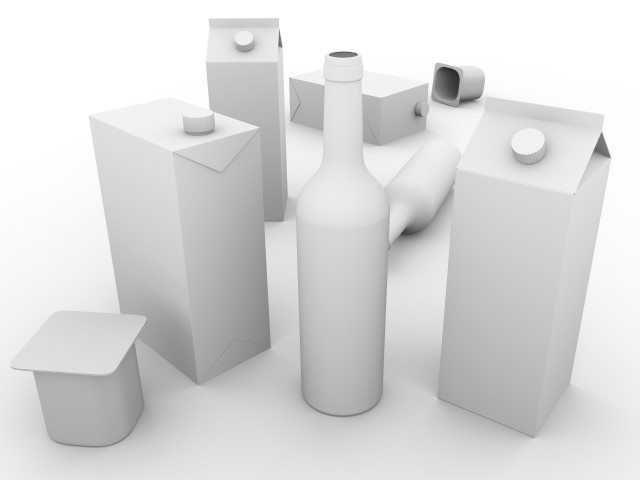Henkel will be broadcasting a webinar on December 5, 2014 entitled ‘Everything you need to know about mineral oil components in food packaging adhesives’ through its online knowledge platform Food Safe Packaging Portal.
Dr. Monika Tönnießen will be talking about the problems associated with mineral oil hydrocarbons in food packaging and answering questions from the participants.
She is a chemist in the product safety department of the Henkel Adhesive Technologies business unit.
Besides registering online to attend the webinar, participants can access the Premium Area, which offers more webinars, white papers, a comprehensive glossary, and videos covering a range of issues.
Prior the webinar, Dr Tönnießen shared about the mineral oil issue in an interview below.
Question: What is the current situation with respect to the revision of the German mineral oil ordinance Mineralölverordnung?
Dr Tönnießen: The third draft of the German mineral oil ordinance has now been distributed, so it is still at the consultation stage and has yet to be translated into law.
It should also be remembered that this is a national statutory instrument rather than a European Union regulation.
The mineral oil ordinance relates to mineral oil residues in recycled paper and specifies the limits allowable in such packaging material.
Other sources of mineral oil are not dealt with in this ordinance; there is no mention of adhesives.
In the view of the Federal Ministry for Food, Agriculture and Consumer Protection, packaging from recycled paper is a major source of food contamination.
Question: How does mineral oil get into the food?
Dr Tönnießen: According to a 2012 report by the European Food Safety Authority (EFSA) on the subject of mineral oil hydrocarbons in food, there are numerous sources of food contamination by mineral oil components.
It is now a well-known fact that, for example, many foods such as cocoa beans are transported in jute sacks that are treated with mineral oil, so that foods such as chocolate may become contaminated with mineral oil even before they are packed.
Question: What dangers to consumers do mineral oils in food represent?
Dr Tönnießen: There are thousands of different mineral oil components, and their effects on human health vary enormously.
One mineral oil is not the same as another, so it is essential to precisely differentiate the substances involved.
Mineral oil aromatic hydrocarbons or MOAH are regarded as a particularly harmful fraction.
It is suspected of containing substances likely to be carcinogenic and/or mutagenic.
However, as the MOAH fraction is a mix of many components, it would be impossible to carry out a toxicological assessment for each possible culprit.
Question: What is available to prevent the migration of mineral oils into foods?
Dr Tönnießen: Always minimize the sources of contamination as far as possible – for example to eliminate critical mineral oil components from adhesive formulations.
As it is not possible to remove mineral oil hydrocarbons during the paper recycling process, provision of an efficient barrier layer for food packaging made from recycled paper and cardboard is one possible solution.










